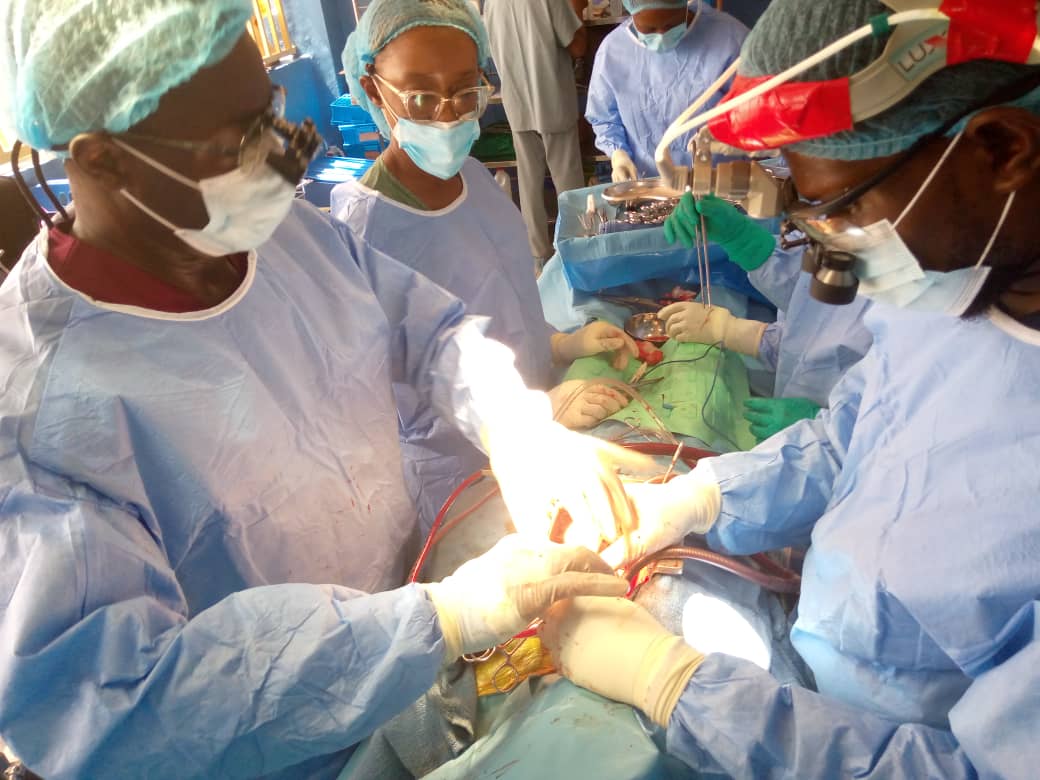By Ediale Kingsley
A recent study puts fat people, with massive bottoms and thighs, on a safe list. Women who had doubts about the benefits of their big bum aside its attractive appeal to African men may now put their worries behind them. A study has found that thin people have a higher risk of killer diseases than fat people since their fat goes straight to their heart and liver.
German researchers say women who are pear-shaped tend to escape this group, as the bottom and thighs are safer places to store fat on the body. It means the fat is not transported to the essential organs, where it could lead to high blood pressure, high blood sugar and a greater risk of illness in later life.
The study’s lead author, Dr. Norbert Stefan, from the University of Tübingen, says, “It is better for people of normal weight to be pear-shaped rather than apple-shaped so that weight is carried in the bottom half of their body rather than around the middle
“The hips and thighs offer ‘safe storage’ for fat, stopping it from getting into the blood and reaching the organs.”
ALSO SEE: Health benefit of breakfastThe researchers found those with bigger thighs and hips could be protecting themselves from diabetes and heart problems, however.
Looking at 981 people with a high risk of type 2 diabetes and cardiovascular disease, they found those with smaller hips and thighs were at greater risk. This was based on MRI scans of fat distribution around the body and fitness checks.
Stefan says, “Fat in the hips and thighs is largely different from fat in the abdomen, called visceral fat. In pear-shaped people, these areas work like a sponge, with fat stored in fat cells where it cannot do much harm.”
The study, published in the journal, Cell Metabolism, suggests that putting on hip and leg fat could even be beneficial for some thin people with diabetes or heart problems.
The study suggests that being pear-shaped is better for lean people, while in overweight people it does little to help. The fat levels in their internal organs may already be too high for this to offer extra protection
It concludes: “Genetic analyses suggest that metabolic risk appears to be determined by different pathways in normal weight and obese subjects.”


 Latest4 days ago
Latest4 days ago
 Latest2 days ago
Latest2 days ago
 Latest2 days ago
Latest2 days ago
 Business5 days ago
Business5 days ago
 Energy5 days ago
Energy5 days ago
 Comments and Issues4 days ago
Comments and Issues4 days ago
 Business5 days ago
Business5 days ago
 Latest5 days ago
Latest5 days ago



